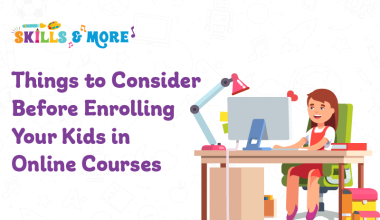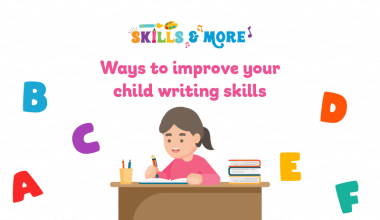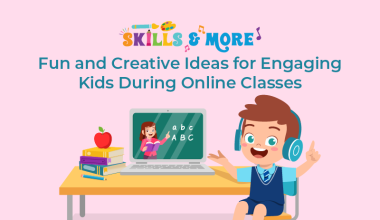Computer programming is a base for the technical world that kids are just about to enter. Coding knowledge is helpful for children to face advancements and prepare them for success.
Some kids are lucky to have an opportunity to learn computer coding in school which is expected to start from the k-12th level. However, this age is also late for most kids to start learning.
As kids start using devices from the age of 5 and are exposed to certain types of cyber threat issues, they need to become aware of computer programming and coding.
It might sound funny to teach computer coding to a kid of 5 years because coding needs an understanding of logic and mathematics that a young child does not have.
But there are many tools and curricula that have been developed to teach coding to young kids in the form of games.
This help teaches basic computer coding skills using interactive books, blocks, and colours and holds the attention of a kid who is not known about the coding concept.
Here is a 7-step guide that can help you teach your kids computer coding:
1. Define Coding Step by Step

The first step is defining its concept to kids in layman’s language. It will work as a guiding principle throughout their learning process and help them when they are confused.
Starts with coding basics. Use examples, use analogies, and try to explain them in a fun language that they can relate to and understand. For instance, “what is coding and how can you do it?”
This question should be answered like, ” A code is an instruction provided to a computer.” These instructions guide the computer to behave accordingly.
When multiple codes are written together, they become commands. A set of commands help a computer perform an activity using step by step process. Thus, code created by you would lead to generating a specific outcome.
The keys you press on your gadget lead to feeding a code into the computer, moving to a new video, or performing a task in a game.
Coding for kids seems challenging at first but once steps are broken down into sequential and simple sentences, it becomes interesting and fun for kids to understand.
2. Talk about Coding Language
Now jump on to the coding basics i.e. the very first of programming for learners. For this, answer a question that pops up in the mind of children, “If coding works as an instruction to a computer, what language is being used to communicate with them?”
Kids must be taught that language takes many functions and forms. They must provide knowledge that just like different languages are being used by different people to communicate, there are certain languages for gadgets.
Introduce them to different languages like Scratch to Javascript, C++, Python, and Java. You must start with Scratch as the first step of your learning journey.
3. To Teach Coding: Develop Interest and Excitement

Grabbing the attention and interest of young minds is key to introducing them to new concepts. If you talk about different languages and video games they play that involve coding, it will leave them intrigued and hooked.
You will easily connect with them as an educator. In case, kids have less interest in coding, communicate how artificial intelligence and data science is linked to sports and how just pressing a key on a gadget, can bring an action they are willing to perform.
4. Right Coding Platforms/Tools for Beginners
Introduce children to computer programming tools and tutorials. For young kids, MIT’s Scratch is an appropriate and free programming tool. You should select similar tutorials and courses having attractive visual styles to grasp the attention of children.
Once kids learn from Scratch, they can be upgraded to an advanced and new language. Online Coding Classes for pre-teens and teens includes teaching them different programming languages like Java and python.
5. Writing Codes

Practice makes a man perfect. Pick computer programs that include writing tutorials. Hands-on writing and regular practice will increase the interest of children.
It also motivates them to experiment with instructions. The main purpose is to streamline their practice sessions using a step-by-step process and assist them while facing roadblocks.
6. Teach Kids on their Computer
Even if you are teaching in a group, try to push each kid to access a laptop or computer of their own. The way children require their guitar or football to learn the instrument or a particular sport, they need their gadget to learn code.
For such purposes, a simple bare bone personal computer is a good starter kit for younger kids. Accessories needed include a keyboard, monitor, and mouse. Try to keep tablets, Chromebooks and iPads at a bay as Python gets complicated to run on such gadgets.
7. Coding for Kids is Different from Computer Science

If you are from an academic background in software development or data science, you need to think on a different scale and have a clear knowledge of concepts at the helm of your mind.
As an educator, you should love sharing your knowledge with kids and explaining endless concepts to them. Some basic topics you can pick to explain at a later stage to a child code are:
- SQL databases
- Design Patterns
- Object-based programming
- Domain-specific languages
- Recursion
- Data structures other than arrays, lists, dictionaries, and hash maps
- Networking ethics and protocols
If your kid is willing to learn to code or you simply want to motivate them to have better knowledge of digital products and spaces they love, the above-mentioned steps can help you in selecting the right tools and patterns.



